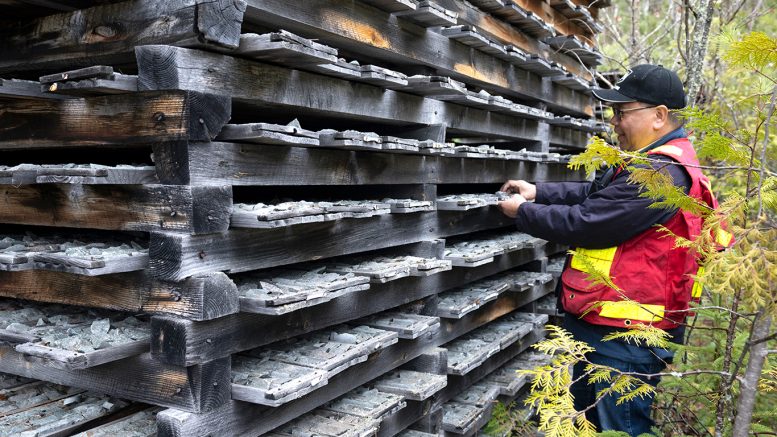
Goldshore Resources (TSXV: GSHR) has intersected widespread gold mineralization in the first three holes of a 100,000-metre drill program at Moss Lake. The property is located 100 km west of Thunder Bay, Ontario, and is wholly owned by Goldshore.
The first hole intersected mineralization over 422 metres true width, which is an increase of 52% over the 2013 historical resource model in that area. The depth extension was doubled in the second hole; mineralization was traced between 100 and 500 metres below the earlier model.
The best intercepts of higher grade zones include:
The Moss Lake deposit is a highly altered mineralized orogenic system, but Goldshore says it is too early to develop conceptual models for the deposit.
Goldshore acquired the Moss Lake property from Wesdome Gold Mines for C$57 million ($46m) in May 2021. The landholding also hosts the East Coldstream, and Iris Lake deposits, and the Hamlin zone as well as the Moss Lake deposit. The three deposits have historical resources. In the case of Moss Lake, it was estimated in 2013 to contain 1.4 million indicated tonnes grading 1.1 g/t gold and 1.8 million inferred tonnes at 1.1 g/t gold.
Also on the property is the historic North Coldstream mine that produced 103 million lb. of copper, 44,000 oz. of gold, and 440,000 oz. of silver. Discovered in 1872, it operated from 1900-29 and again from 1957-59.
(This article first appeared in the Canadian Mining Journal)